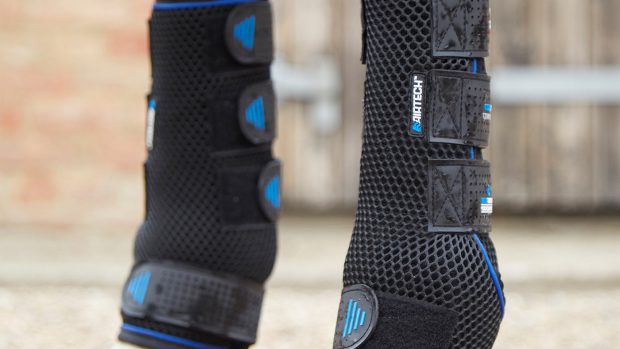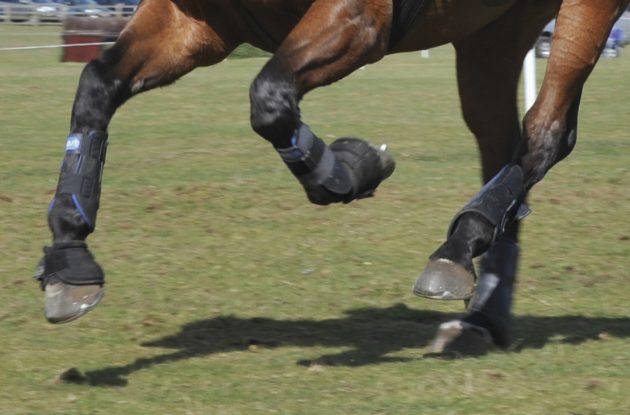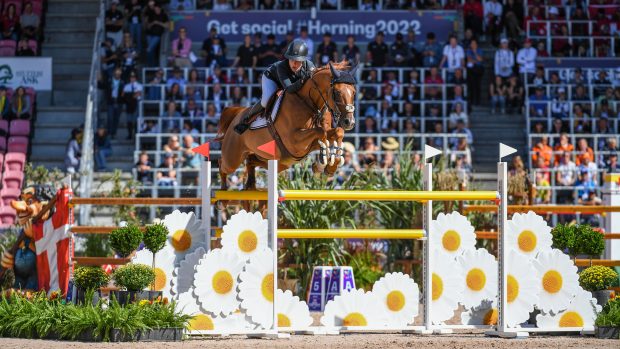Find an equine vet
Research more about tendon and ligament injuries
Symptoms
Diagnosing a displaced superficial digital flexor tendon can be tricky, not least because an unstable tendon will often slip back and forth from its normal position.
The first sign of trouble is that the point of the hock will become swollen, giving an appearance similar to that of a “capped” hock.
Sedation is essential to calm a distressed horse for examination, while rapid pain relief is also usually necessary.
Once a horse is comfortable, however, anti-inflammatories are best avoided, as it is believed that localised soft tissue swelling can be beneficial for stabilising the injury.
Ultrasound scanning is useful to confirm that the tendon is in an abnormal position and effectively assess the severity of the whole injury to the supporting structures of the hock.
Treatment
Further treatment depends on the nature of the injury and the use of the horse.
If the tendon has displaced permanently to the outside, prolonged rest (around six months) will usually resolve the pain, but the horse may still be mechanically unsound.
This may limit his usefulness for dressage, but it should not necessarily stop the horse racing, hunting or jumping.
Where the tendon slips to the inside of the hock – which is less common – the prognosis is more guarded and tends to result in a more severe gait abnormality.
The fact that SDFT displacements are relatively unusual and a number respond well to rest alone means it is difficult for vets to accurately evaluate the success of different surgical techniques.
Various surgical procedures have been tried to restore the position of the SDFT, including using mesh to reattach the tendon to the point of the hock.
This is major surgery requiring a lengthy convalescence with a guarded prognosis for complete return to soundness.
For unstable luxations that slip on and off, surgery is often necessary to stabilise the tendon.
For the full veterinary article on displacing a tendon off the hock, see the current issue of Horse and Hound (17 November 2011)
Looking for an equine vet?
Find out more about tendon and ligament injuries




